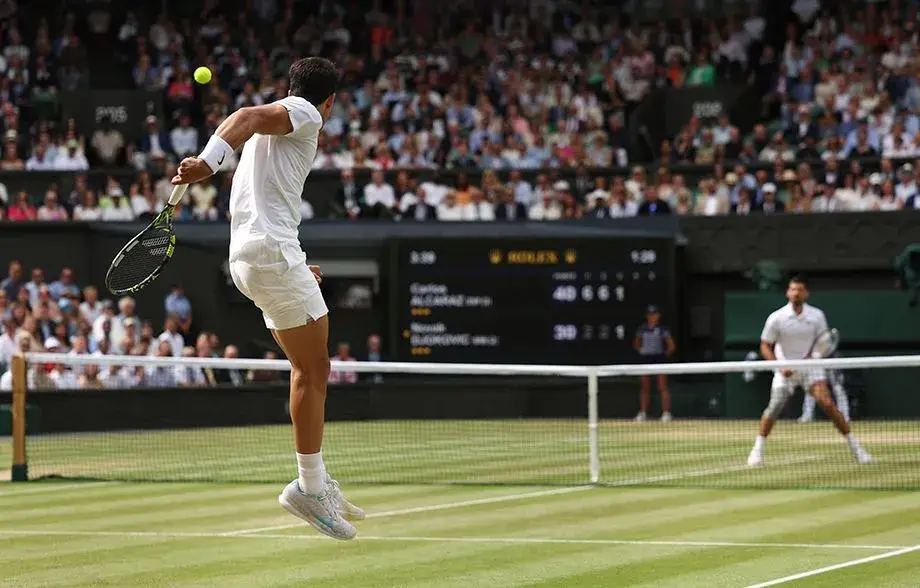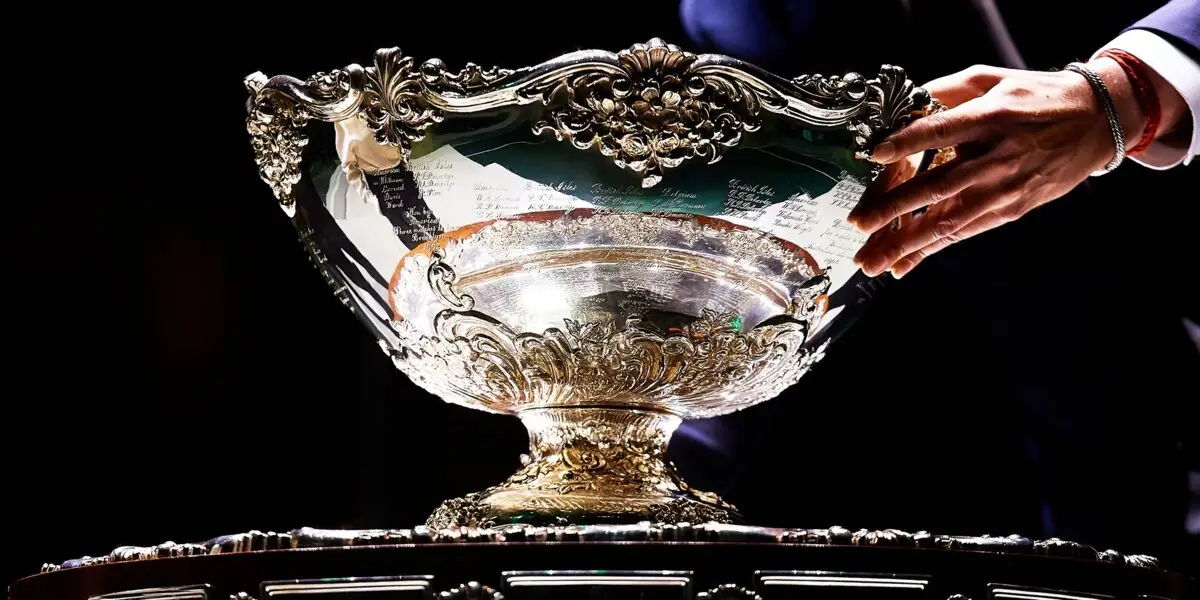It’s impossible to talk about tennis without mentioning Wimbledon. This tournament has combined the spirit of sporting tradition and the challenge of modernity and has become a true Mecca for fans of the sport around the world. It is more than a competition, it is a cultural phenomenon that unites thousands of fans and makes London the centre of the world’s sporting action every summer. Since 1877, the beginning of its history, the tournament has become a symbol of consistency, tradition and excellence.
The history of Wimbledon – what sets it apart from other tennis tournaments
Wimbledon is not just the history of the tournament, but of tennis as a whole. In 1877, the English Lawn Tennis and Croquet Club organised the first tennis championship, which immediately attracted the attention of the public. The tournament began with 22 participants and only one place for the final. At the time, no one could have guessed that this event would become legendary. The first winner was Spencer Gore, who had no idea that Wimbledon would one day become a symbol of world tennis.

The white uniforms of the players, the strict dress code and strawberries and cream – all this gives the tournament a special atmosphere. Unlike other Grand Slam tournaments, Wimbledon has always followed its own rules, with respect for history and the sport taking centre stage.
Wimbledon traditions
Traditions deserve special attention. In keeping with centuries of tradition, the Championships remains the only one where players must wear only white shirts on court. This tradition emphasises respect for the classic style of play. In addition, Wimbledon strawberries and cream have become an integral part of the tournament: Over 28,000 kilos of them are consumed every year!
Another speciality is the grass surface. Wimbledon is still the only Grand Slam tournament to be held on grass, which gives tennis a certain complexity and unpredictability. The athletes often have to adapt to the high speed on this surface.
Wimbledon as the third Grand Slam tournament – why is it so eagerly awaited?
 Wimbledon is the third Grand Slam tournament of the year, and not only tennis fans but also the players themselves are eagerly awaiting this event. There is no room for chance – the tennis players have to prove their skills on a grass court. The tournament began at the end of June, directly after the French Open, and demanded a complete change of heart from the athletes.
Wimbledon is the third Grand Slam tournament of the year, and not only tennis fans but also the players themselves are eagerly awaiting this event. There is no room for chance – the tennis players have to prove their skills on a grass court. The tournament began at the end of June, directly after the French Open, and demanded a complete change of heart from the athletes.
For many athletes, Wimbledon is not only an opportunity to add to their collection of titles, but also a chance to make tennis history. Winning here means more than just another trophy: it means recognition at the highest level. The atmosphere of the tournament, filled with the spirit of British tradition, makes every match on these courts something special.
The influence of Wimbledon on tennis
The championship has become a benchmark of success for many generations of players. Roger Federer, Rafael Nadal and Novak Djokovic began their great careers here. Their victories inspire young tennis players who want to repeat the successes of their idols. Thanks to Wimbledon, many countries have started to develop active programmes, which in turn has helped to popularise tennis around the world.
The event has also influenced the style of play. The fast grass requires powerful serves and lightning-fast movements on the court. This favours the development of new strategies and tactics, which are then transferred to other surfaces.
Legendary winners:
- Roger Federer: a record-breaking eight Wimbledon titles, including memorable victories in 2003, 2004, 2005, 2006, 2007, 2009 and 2012, his unique style and impeccable technique on grass courts have made him a true legend of the tournament.
- Serena Williams: a symbol of female power and grace, with seven victories on these courts, including wins in 2002, 2003, 2009, 2010, 2012, 2015 and 2016. Serena has demonstrated her incredible power, tactics and determination, making every match a real show that tennis fans will remember.
- Bjorn Borg: five consecutive victories (1976-1980), a skill and a style that became legendary. Borg was known for his incredible composure on the court and his stamina, which enabled him to keep a cool head during long matches. His ability to adapt to pitches and withstand pressure made him an icon for generations to come.
These winners not only changed the face of the World Cup, but also left their mark on history and inspired new generations of young talent.
Rules and unique moments
The rules of Wimbledon are still specific and make the tennis tournament unique. All participants are obliged to wear only white shirts. This rule applies strictly – every item of clothing, including shoes and accessories, must be white. Even minimal deviations from this rule can lead to a warning or disqualification.
The quality of the grass on the pitches is maintained at the highest level: Before the tournament, it is mowed to a length of 8 mm, making the surface fast and the bounce of the ball difficult to predict. This makes the game even more spectacular, and every match becomes a real battle for control of the ball.
Records and incredible performances
The longest match in tennis history took place here in 2010, when John Isner and Nicolas Mayoux played for 11 hours and 5 minutes over three days. It was a real marathon in which the athletes showed incredible stamina.
The performances of Roger Federer, who lifted the coveted trophy seven times, are also worth mentioning. His graceful play on grass became a benchmark for future champions and a symbol of class and ability.

Conclusion
 Wimbledon is not just a sporting event, but a cultural phenomenon that reflects the traditions, history and greatness of tennis. The tournament unites generations and brings unforgettable emotions to millions of spectators around the world. Every year, players and fans look forward to the event because they know that Wimbledon never disappoints.
Wimbledon is not just a sporting event, but a cultural phenomenon that reflects the traditions, history and greatness of tennis. The tournament unites generations and brings unforgettable emotions to millions of spectators around the world. Every year, players and fans look forward to the event because they know that Wimbledon never disappoints.
 en
en  de
de  ar
ar  es
es  nl
nl  hi
hi  fr
fr  it
it  pt
pt  el
el 










